Experiment While Training
1 of 9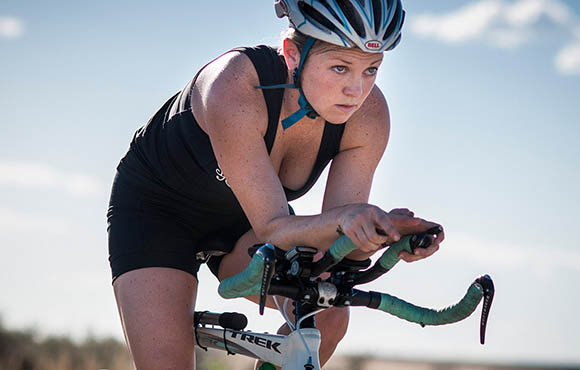
Photo/Megan Stanton
Have you ever been told not to try anything new on race day? This bit of wisdom goes double for nutrition and hydration needs. You don't want to bonk, stop for an unscheduled "nature break" or run into any other unplanned GI-related issues. Training sessions are great opportunities to nail down your triathlon caloric needs, as well as experiment with when to take in calories and what type work best.
Find:
Your Next TriathlonPre-Ride Fuel Up
2 of 9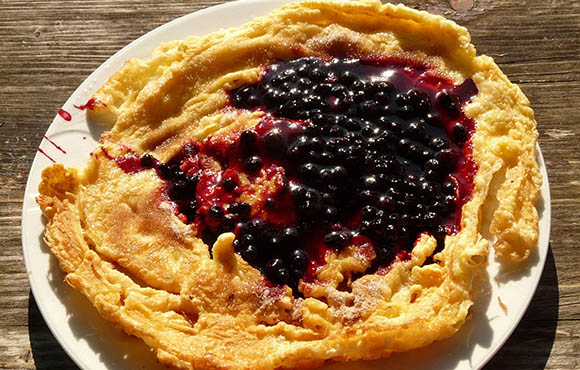
Photo courtesy of Creative Commons
This message bears repeating: Have a calorically dense breakfast before you head out for a training session or race. You'll be less likely to bonk. It will also get you used to having food in your stomach while swimming, biking and running—an important practice for race day.
Find:
Your Next TriathlonKnown Quantities
3 of 9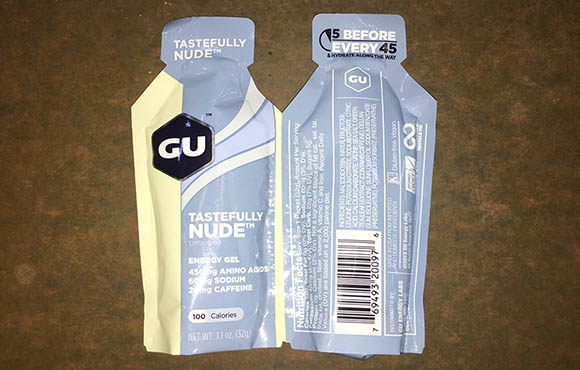
Photo/Greg Kaplan
If you know your caloric requirements and know the calorie count of your sports nutrition you plan to use, you can match your nutritional needs with what to bring with you on a training session.
Pro Tip: Some sports nutrition products have a suggested frequency of use printed right on their packaging. This is not a marketing ploy to get you to buy more product; it's useful information to help you optimize your refueling strategy.
Find:
Your Next TriathlonStash Your Snacks
4 of 9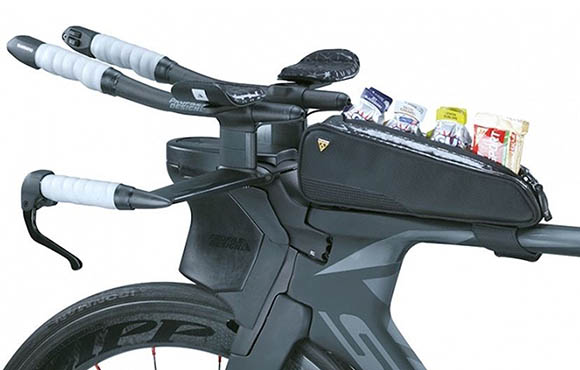
Photo courtesy of Topeak
There are so many storage options on your bike: bottles with liquid calories can be kept between the arms, behind the saddle, on the downtube or the seat tube. Store food options within reach on the top tube, in the elastic of your shorts or simply drop your snacks in a jersey pocket. Open food packaging before you stash your nutrition to save time and make sure to be careful when eating on the bike.
Pro Tip: Take care to secure empty nutrition wrappers. Littering is not just poor etiquette, it's against the rules. Even if you drop a wrapper by accident, it could result in time penalties or even get you disqualified from the race.
Find:
Your Next TriathlonLiquid Lunch
5 of 9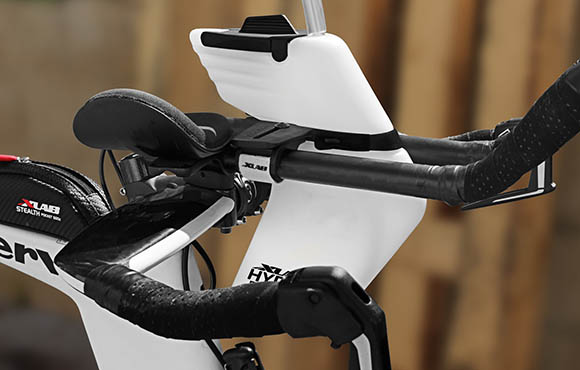
Photo courtesy of X-Lab
Consuming calories in liquid form may be the most efficient way to keep your calorie count up, but sports hydration does not offer that sated, satisfying feeling that solid food provides. For shorter duration events, you might be able to get away with fewer calories, such as a carbohydrate and electrolyte solution. For longer duration activities, experiment with bringing your favorite snacks on the bike to keep your energy stores topped off.
Pro Tip: The most important consideration when selecting an on-the-bike hydration option is accessibility. Anything, like bottle placement, that might detracts aerodynamics is less than the penalty you'll suffer if you become dehydrated from not reaching for a bottle.
Find:
Your Next TriathlonEat and Run
6 of 9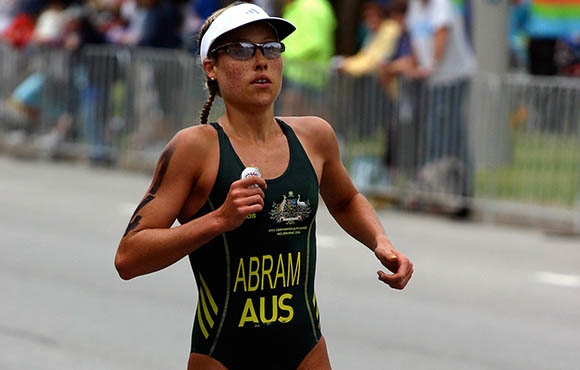
Photo/Jimmy Harris, Flickr
Consuming calories on the run is slightly more challenging compared to eating on the bike. Run nutrition storage is limited to jersey pockets, a fuel belt and aid stations. Practice taking in calories while running so you're comfortable chewing and swallowing during the exercise.
Pro Tip: If you drop your nutrition or hydration while racing, don't stop unexpectedly to try to retrieve it. You could cause others to trip. Since you'll need to retrieve a dropped item—not doing so could be considered littering if outside of the feed zone—first move to the side of the road and then go back for any dropped items.
Find:
Your Next TriathlonThe Natural Racing Environment
7 of 9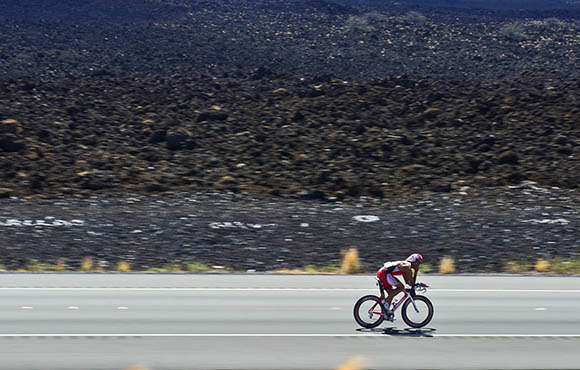
Photo/Chris McCormack, Flickr
Don't forget to consider the effects of weather on your racing and training. Hotter temps and drier air means you may need extra hydration. Likewise, if the weather is cool and overcast, don't skip fueling up even if you're not hungry or thirsty. You'll still need to stay hydrated when cycling and running and have ample calorie stores to finish your race or training session.
Find:
Your Next TriathlonPost-Ride Nutrition
8 of 9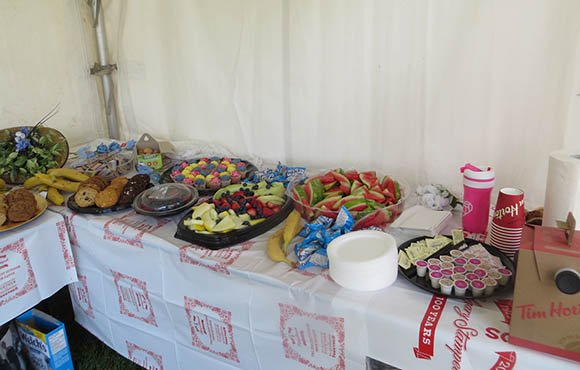
Photo/Dawn, Flickr
Another reason to keep your fuel stores up while racing is that calories will help you recover from a race or training session more quickly. You'll want to rehydrate as soon as you complete your session, as decreased blood volume due to dehydration may decrease performance and slow recovery.



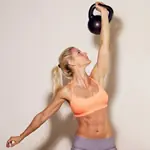


Discuss This Article